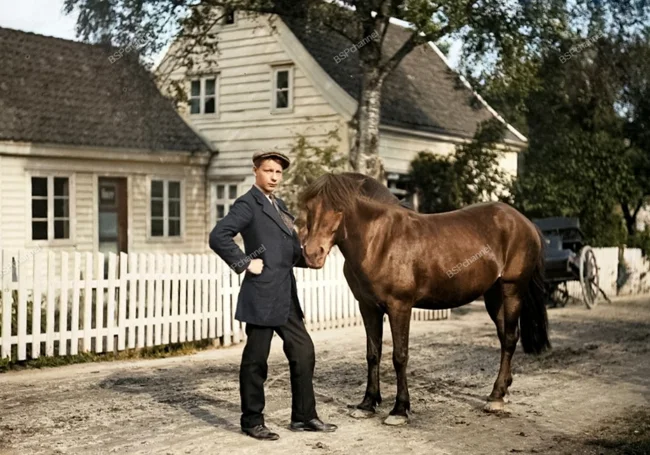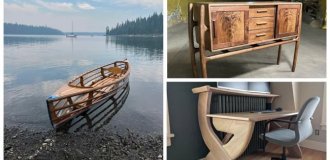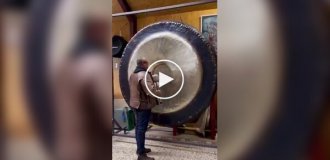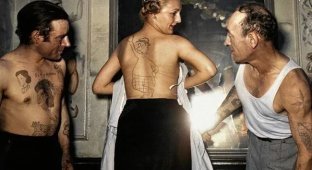Interesting and rare retro photographs of Europe (21 photos)
Here is a living chronicle of Europe: a selection of historical photographs that takes us back to the past of France, Spain, Italy, Germany, and other countries of the Old World. These shots are not just archival documents, but windows into bygone eras, where every detail—from the folds of a dress to the reflection of the sunset on the pavement—invites us to touch history. 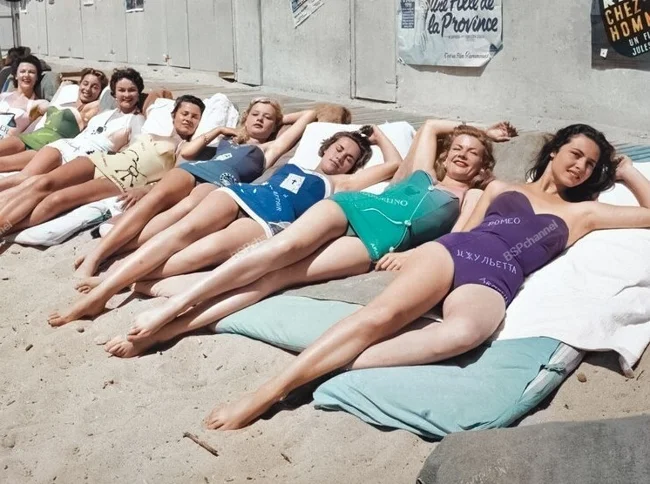
American travelers build a sandcastle replica of the French medieval abbey of Mont Saint-Michel in the background, July 1948. 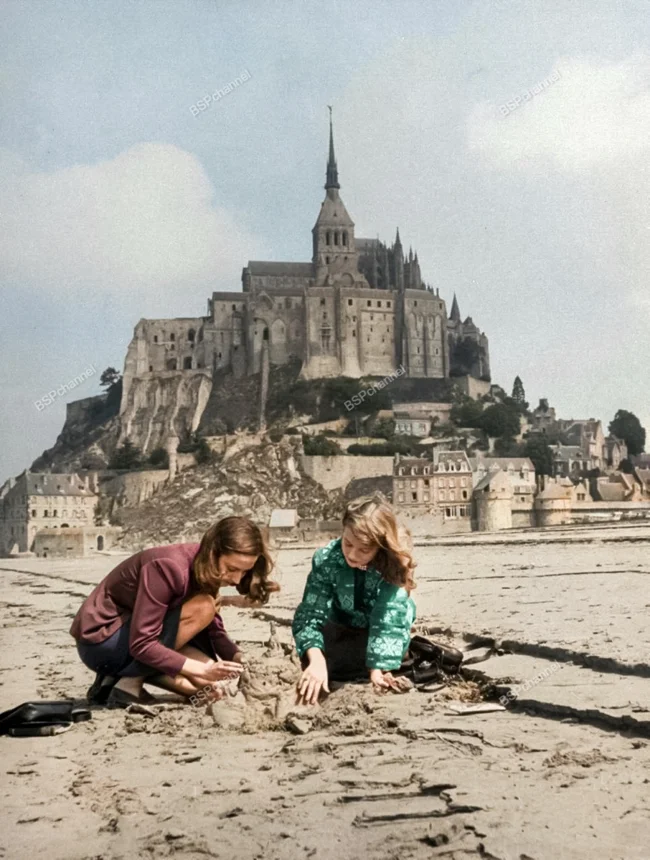
Photographer: Joel Yale.
Rising on a rocky island in the Bay of Normandy, the Abbey of Mont Saint-Michel is one of the most impressive architectural wonders of medieval Europe. Its history began in 708, when the Archangel Michael appeared to the Bishop of Avranches and commanded that a shrine be erected on this site. Over the centuries, Mont Saint-Michel developed into a powerful spiritual and cultural center: first as a Benedictine monastery, then as a pilgrimage site along the "Way of St. Michael." Despite sieges, wars, and natural disasters, the abbey steadfastly survived the Hundred Years' War, the French Revolution, and was even used as a prison in the 19th century. Its unique architecture—a blend of Romanesque and Gothic styles—seems to emerge from the stone: narrow streets, steep staircases, a majestic abbot's hall, and a church crowned with a statue of an archangel hovering over the entire island. Mont Saint-Michel's special magic is given by its tides, some of the most powerful in Europe. At low tide, the island becomes a piece of land, and at high tide, a mysterious castle, cut off from the world by water.
Folk Games of the Finnish People, 1929. 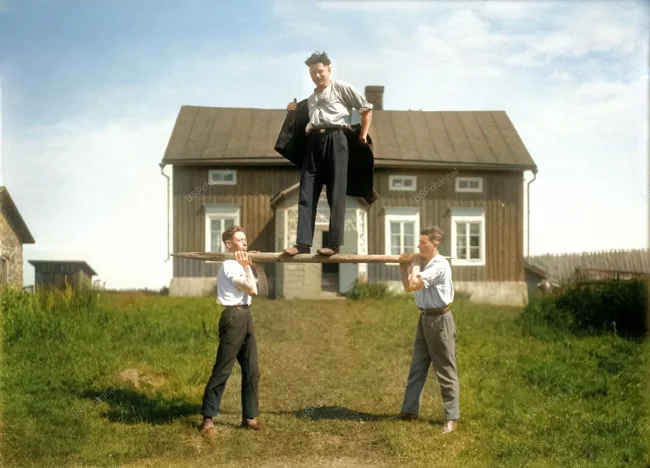
Budapest, 1930s. 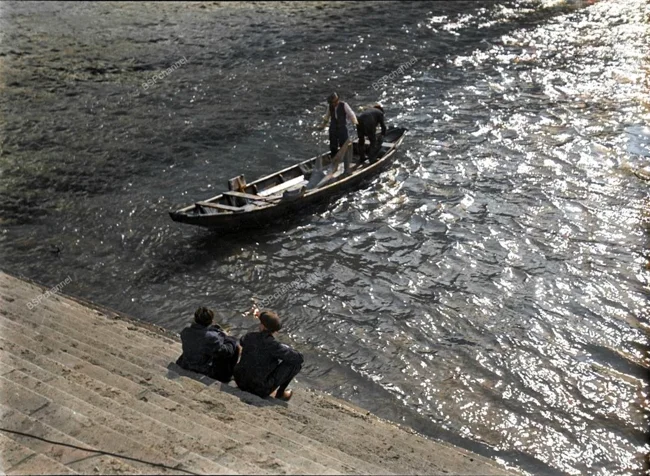
Photographer: Kinszki Imre
Skater in national costume. Netherlands, 1933. 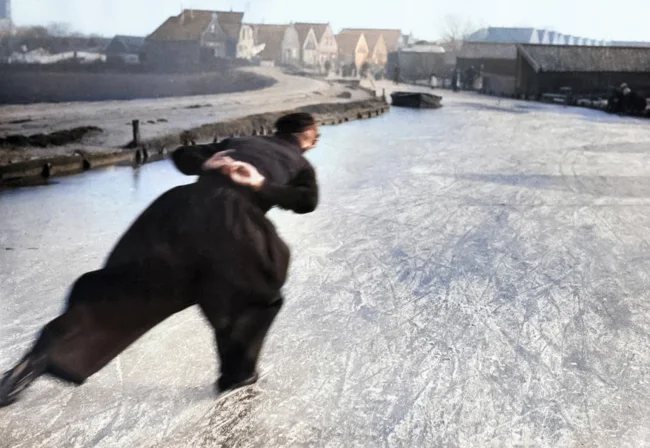
This photo makes it clear why speed skating is so popular in the Netherlands. The Netherlands is a low-lying country with many canals, lakes, and bodies of water. In winter, especially in the past, when the climate was colder, ice would cover not only the rivers but also the city canals. For the Dutch, skates were originally not just sports equipment, but a means of transportation—fast, practical, and affordable. Thus, a tradition was born: ice skating. Skating unites everyone: from children to pensioners, from villagers to the royal family. A legendary 200-kilometer marathon on the frozen canals of Friesland used to be held annually. Although it's held extremely rarely due to global warming (the last time was in 1997), the entire country waits in anticipation: if the ice permits, it's a national holiday.
A man drags parts of a Stalin statue after permission was granted to demolish his monuments, Budapest, 1990. 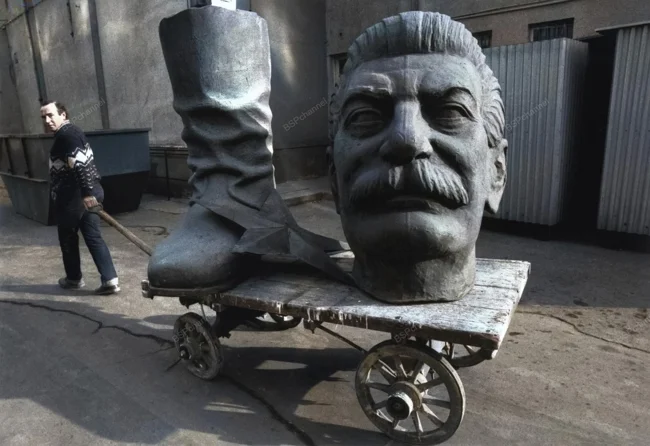
Unlike many other countries, Hungary hasn't destroyed its socialist-era monuments—instead, it has collected them in a special museum. The park is called "Memento"—a unique museum-reserve on the outskirts of Budapest, housing monuments and sculptures from the socialist era: statues of Lenin, Stalin, Marx, Engels, and the leaders of the Hungarian communist regime. Unlike many Eastern European countries, where socialist realist monuments were demolished en masse after the fall of communist regimes, Hungary chose a different path—preserving the past but removing it from public space.
Two men on a path. France, circa 1930. 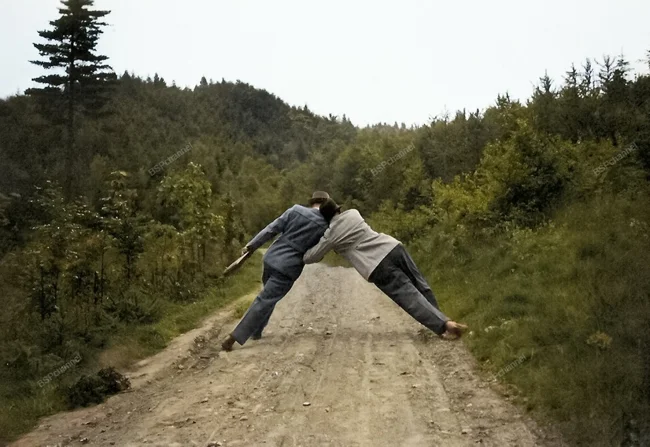
Vienna, 1913-1917. 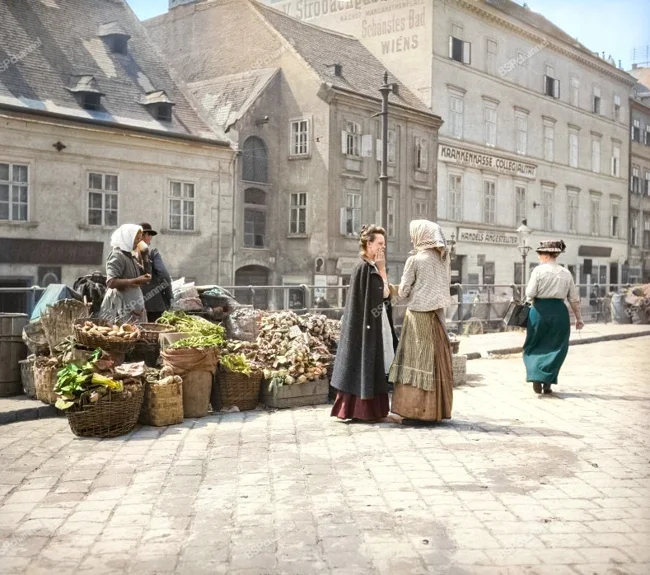
The women at the counter appear to be sharing sensational news – their eyes sparkle, their gestures expressive, their words flowing one after another.
A homeless man in Paris, 1962. 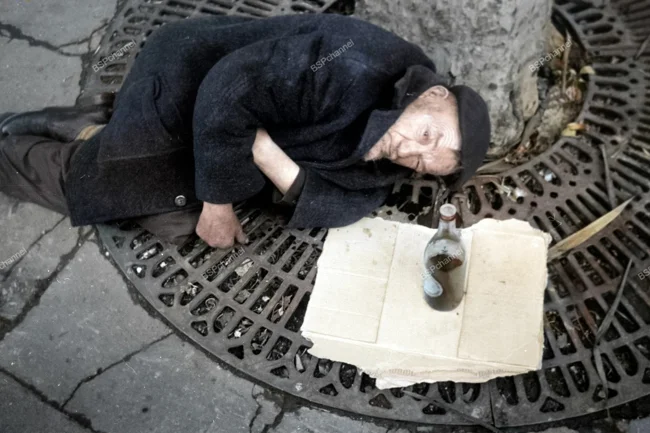
In France, homeless people are called "clochards." Clochards are vagabonds, homeless people living a marginal lifestyle. The term derives from the French word "clochard" (from "cloche" meaning "bell" or "vagrant") and originally referred to urban beggars, often former workers or soldiers who lost their homes after wars or economic crises. In European culture, especially in France and Belgium, clochards are not simply homeless people but figures with a certain romanticized aura: they can be roadside philosophers, observers of life, or people who have turned their backs on society by choice or circumstance. They are often depicted with a travel bag, a bottle of wine, and shabby clothes, yet they exude dignity and inner freedom. The word "clochard" has been borrowed and is used less frequently, often with a hint of irony or cultural reference—for example, to French films or literature, where such characters are common.
Models in minidresses made of "dederon" man-made fiber in Leipzig in the 1970s. 
Photographer: Ulrich Hässler
In the 1960s and 1970s, minidresses made of the synthetic fiber "Dederon"—the first artificial textile in the socialist bloc, developed from polyacrylonitrile—became a real fashion hit in the German Democratic Republic (GDR). It was durable, lightweight, wrinkle-resistant, and—especially valuable during times of shortages—affordable. It was used not only for clothing, but also for stockings, underwear, curtains, and even parachute fabric. Mini dresses made from "Dederon" instantly gained popularity among young people: they were bright, modern, and, despite their simple cut, stylish. For many girls in the GDR, such a dress, even though made of "plastic" fabric, was a symbol of Western fashion, freedom, and youth. However, "Dederon" also had the opposite effect: the fabric was poorly breathable, rustled, became staticky, and could irritate the skin.
An elderly man in Innsbruck, Austria, circa 1975. 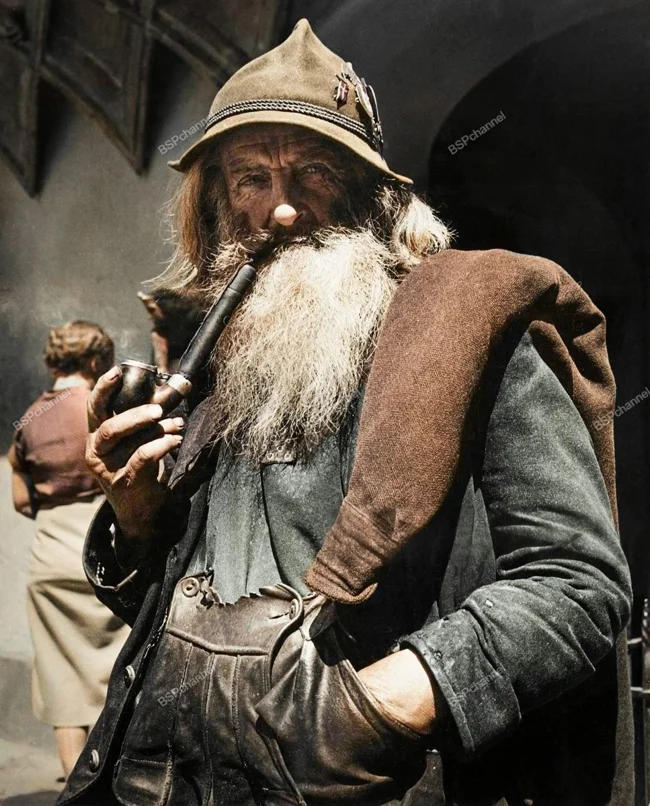
Photographer: Erica Stone
The man looks like he stepped straight out of a Tolkien book—with a thick beard, piercing gaze, and the aura of an ancient sage or a brave traveler from Middle-earth.
Young actresses at the Cannes Film Festival, 1955. 
Far right: Michelle Mercier, the future star of "Angelica, Marquise of Angels." Her swimsuit bears the title of the 1954 Soviet ballet film "Romeo and Juliet," directed by Leo Arnshtam and Leonid Lavrovsky. This adaptation won the "Best Lyrical Film" prize at the film festival.
Madurodam miniature park. The Netherlands, 1956. 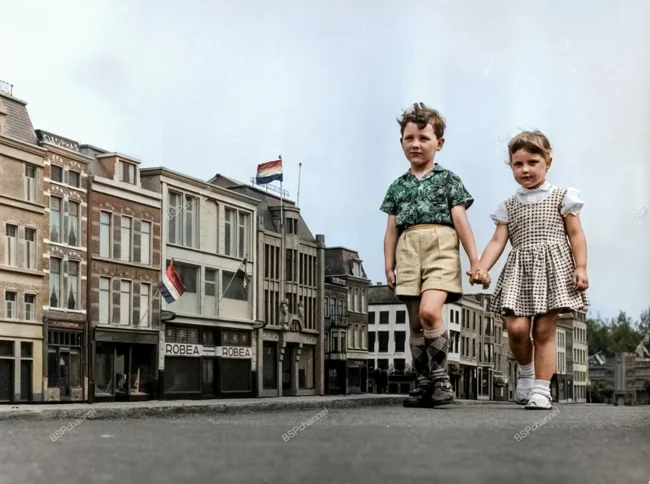
Opened in 1952, the park is a 1:25 scale model of the country, where every element—from historic buildings and bridges to airports, wind turbines, and canals—is recreated with astonishing accuracy. Here you can "walk" through Amsterdam, explore the Port of Rotterdam, see the Peace Palace in The Hague, and even launch real boats along miniature canals.
Siesta. Andalusia. Spain. 1955. 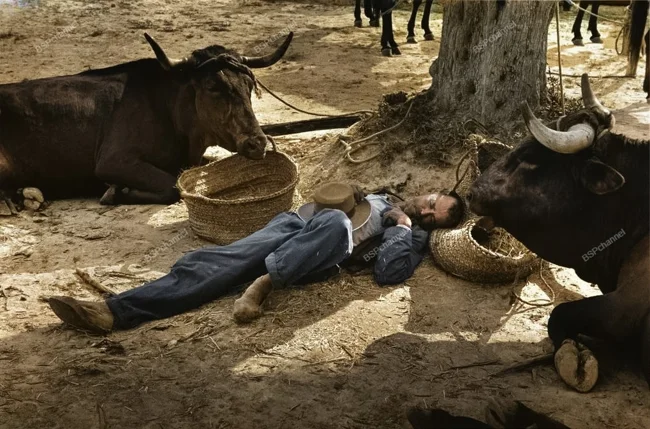
The Chinese ship Wan Chun ran aground near IJmuiden, Netherlands, 1972. 
Dutch peasant life. Hilko Smid and brothers, 1913-1916. 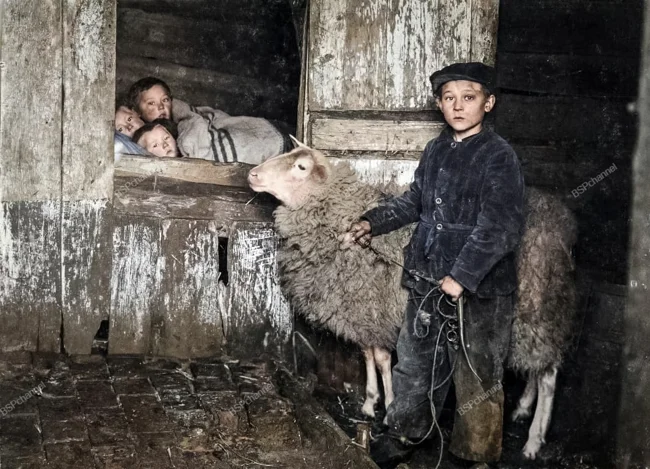
Greece, early twentieth century. 
Photographer: Frederic Boisson
"Daisies". Annette Doisneau and Perrette Chaboureau in the summer of 1945. 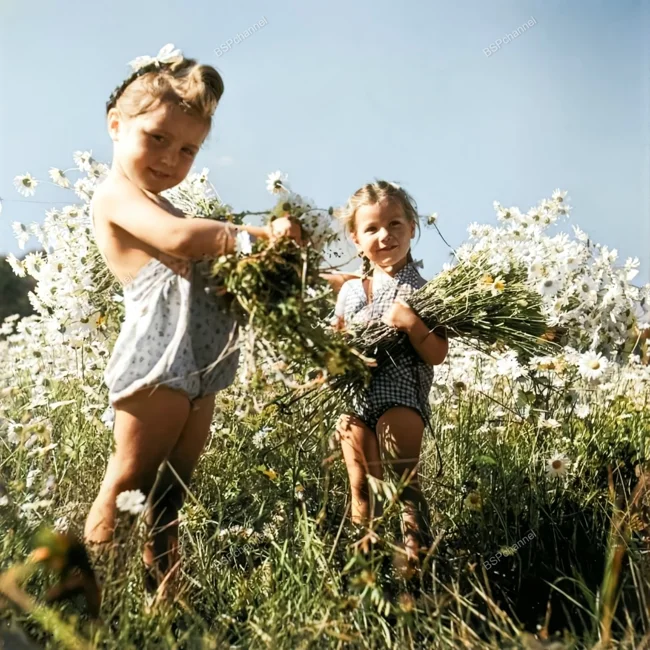
Photographer: Robert Doisneau
Paris, 1961. 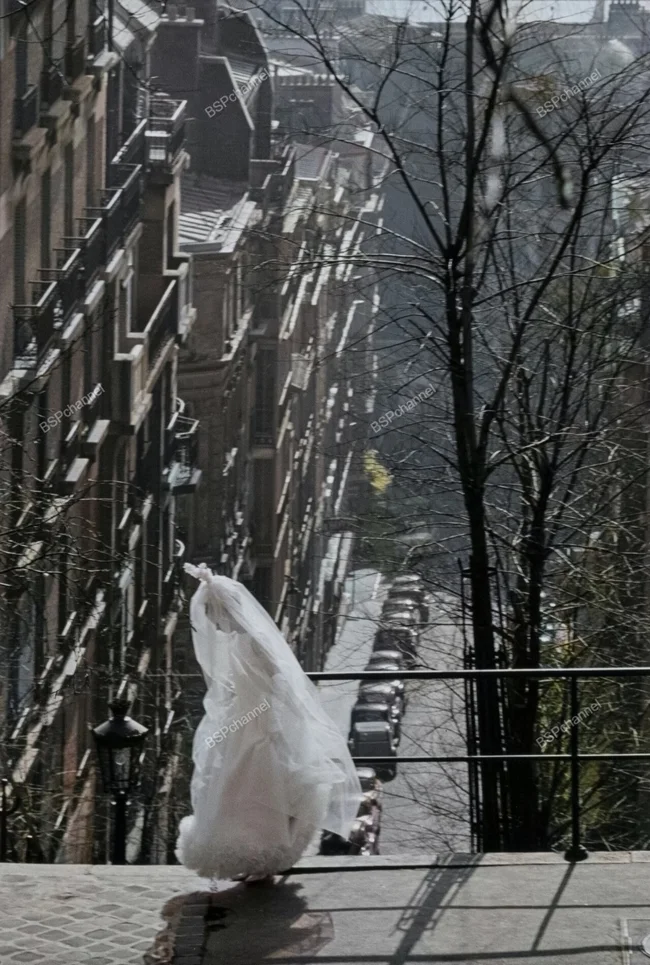
Photographer: Frank Horvat
Parisians enjoying a ride at an amusement park, 1963. 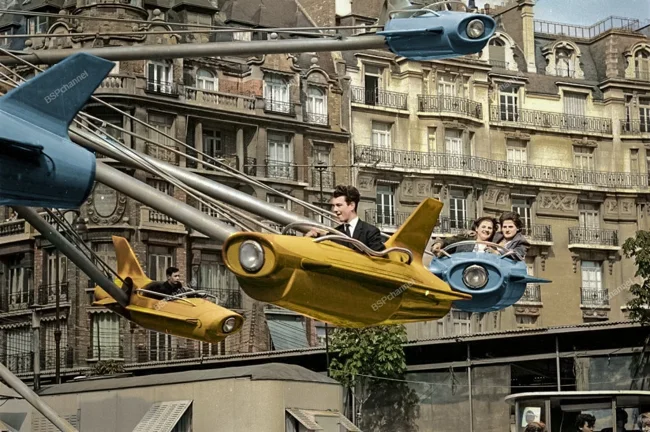
Photographer: Alfred Eisenstaedt
A man in a suit and cap stands proudly next to his horse. Norway, 1915–1920. 